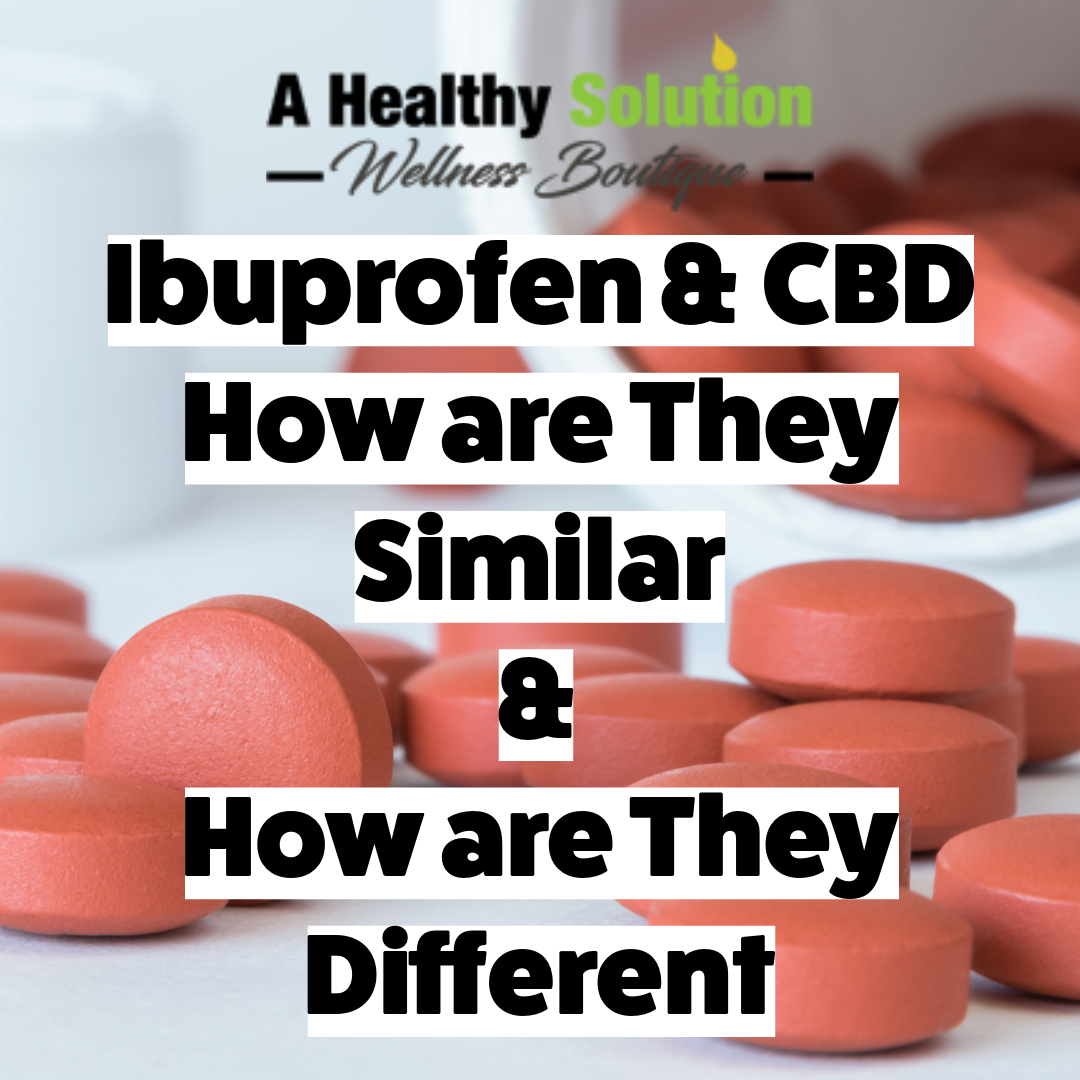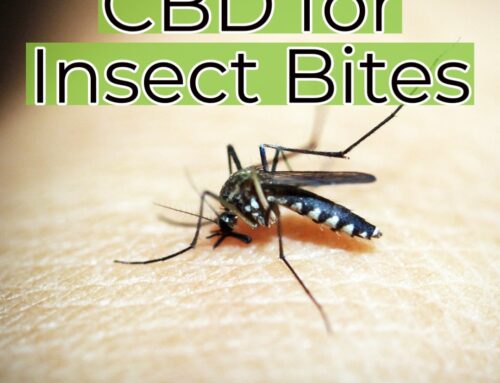What is inflammation?
Inflammation is a vital part of the immune system’s response to injury and infection. It is the body’s way of signaling the immune system to heal and repair damaged tissue, as well as defend itself against foreign invaders, such as viruses and bacteria.
Without inflammation as a physiological response, wounds would fester, and infections could become deadly.
However, if the inflammatory process goes on for too long or if the inflammatory response occurs in places where it is not needed, it can become problematic. Chronic inflammation has been linked to certain diseases such as heart disease or stroke, and may also lead to autoimmune disorders, such as rheumatoid arthritis and lupus. But a healthy diet and lifestyle can help keep inflammation under control.
There are also types of inflammation. You have acute and chronic inflammation.
Acute inflammation
Acute inflammation occurs after a cut on the knee, a sprained ankle or a sore throat. It’s a short-term response with localized effects, meaning it works at the precise place where a problem exists. The telltale signs of acute inflammation include redness, swelling, heat and sometimes pain and loss of function. In the case of acute inflammation, blood vessels dilate, blood flow increases, and white blood cells swarm the injured area to promote healing. During acute inflammation, chemicals known as cytokines are released by the damaged tissue. The cytokines act as “emergency signals” that bring in your body’s immune cells, hormones and nutrients to fix the problem, Walker said.
In addition, hormone-like substances known as prostaglandins create blood clots to heal damaged tissue, and they also trigger pain and fever as part of the healing process. As the body heals, the acute inflammation gradually subsides.
Chronic inflammation
Unlike acute inflammation, chronic inflammation can have long-term and whole-body effects. Chronic inflammation is also called persistent, low-grade inflammation because it produces a steady, low-level of inflammation throughout the body, as judged by a small rise in immune system markers found in blood or tissue. This type of systemic inflammation can contribute to the development of disease. Low levels of inflammation can be triggered by a perceived internal threat, even when there isn’t a disease to fight or an injury to heal, and sometimes this signals the immune system to respond. As a result, white blood cells swarm but have nothing to do and nowhere to go, and they may eventually start attacking internal organs or other healthy tissues and cells.
chronic inflammation has been linked to heart disease and stroke. One theory suggests that when inflammatory cells stay too long in blood vessels, they promote the buildup of plaque. The body perceives this plaque as a foreign substance that doesn’t belong, so it tries to wall off the plaque from the blood flowing inside the arteries, if the plaque becomes unstable and ruptures, it forms a clot that blocks blood flow to the heart or brain, triggering a heart attack or stroke.
Cancer is another disease linked with chronic inflammation. Over time, chronic inflammation can cause DNA damage and lead to some forms of cancer.
Chronic, low-grade inflammation often does not have symptoms, but doctors can test for C-reactive protein (CRP), a marker for inflammation in the blood. High levels of CRP have been linked with an increased risk of heart disease. CRP levels can also indicate an infection, or a chronic inflammatory disease, such as rheumatoid arthritis or lupus.
How can we avoid inflammation?
Besides looking for clues in the blood, a person’s diet, lifestyle habits and environmental exposures can contribute to chronic inflammation. It’s important to maintain a healthy lifestyle to keep inflammation in check. People with a family history of health problems, such as heart disease or colon cancer, should talk to their physicians about lifestyle changes that support preventing disease by reducing inflammation.
One of the most powerful tools to combat inflammation comes not from the pharmacy, but from the grocery store.
Nutrition and inflammation?
The principles of an anti-inflammatory diet are healthful ones and the approach is nutritionally sound. An anti-inflammatory diet also means staying away from foods that can promote inflammation. It’s best to minimize the amount of foods you eat that are high in saturated and trans fats, such as red meats, dairy products and foods containing partially hydrogenated oils.
Base your diet on whole, nutrient-dense foods that contain antioxidants and avoid processed products. Antioxidants work by reducing levels of free radicals. These reactive molecules are created as a natural part of your metabolism but can lead to inflammation when they’re not held in check. You’re anti-inflammatory diet should provide a healthy balance of protein, carbs, and fat at each meal. Make sure you also meet your body’s needs for vitamins, minerals, fiber, and water.
A healthy anti-inflammatory diet includes:
- Fruit: Especially deeply colored berries like grapes and cherries
- High-fat fruits: Avocados and olives
- Healthy fats: Olive oil coconut oil
- Fatty fish: Salmon, sardines, herring, mackerel, and anchovies
- Nuts: Almonds, cashews, walnuts and any other raw nut with no salt
- Peppers: Bell peppers and chili peppers, jalapeno peppers
- Chocolate: Dark chocolate, Raw Cocao
- Spices: Turmeric, fenugreek, cinnamon, etc.
- Tea: Green tea, rooibos, oolong tea, herbal teas
Foods to avoid:
- Sugary beverages: Sugar-sweetened drinks and fruit juices
- Refined carbs: White bread, white pasta, etc.
- Desserts: Cookies, candy, cake, and ice cream
- Processed meat: Hot dogs, bologna, sausages, etc.
- Processed snack foods: Crackers, chips, and pretzels
- Certain oils: Processed seed and vegetable oils like soybean and corn oil
- Trans fats: Foods with partially hydrogenated ingredients
- Alcohol: Excessive alcohol consumption
To reduce levels of inflammation, aim for an overall healthy diet. If you’re looking for an eating plan that closely follows the tenets of anti-inflammatory eating, such as a diet high in fruits, vegetables, nuts, whole grains, fish, and healthy oils.
In addition to lowering inflammation, a more natural, less processed diet can have noticeable effects on your physical and emotional health. A healthy diet is beneficial not only for reducing the risk of chronic diseases, but also for improving mood and overall quality of life.






Leave A Comment
You must be logged in to post a comment.